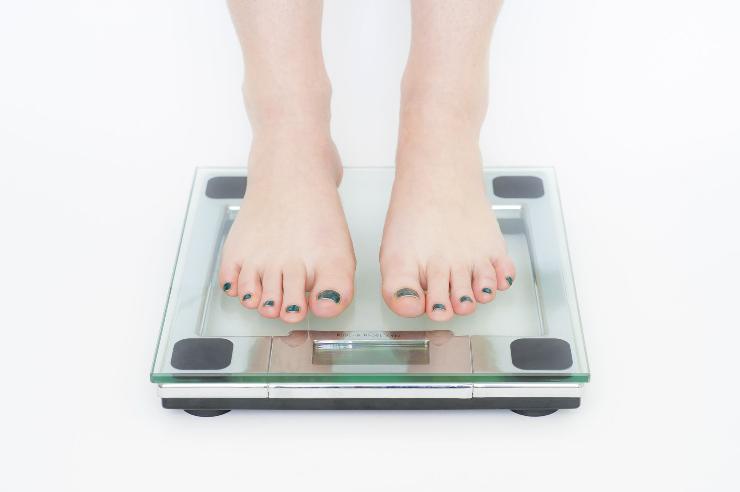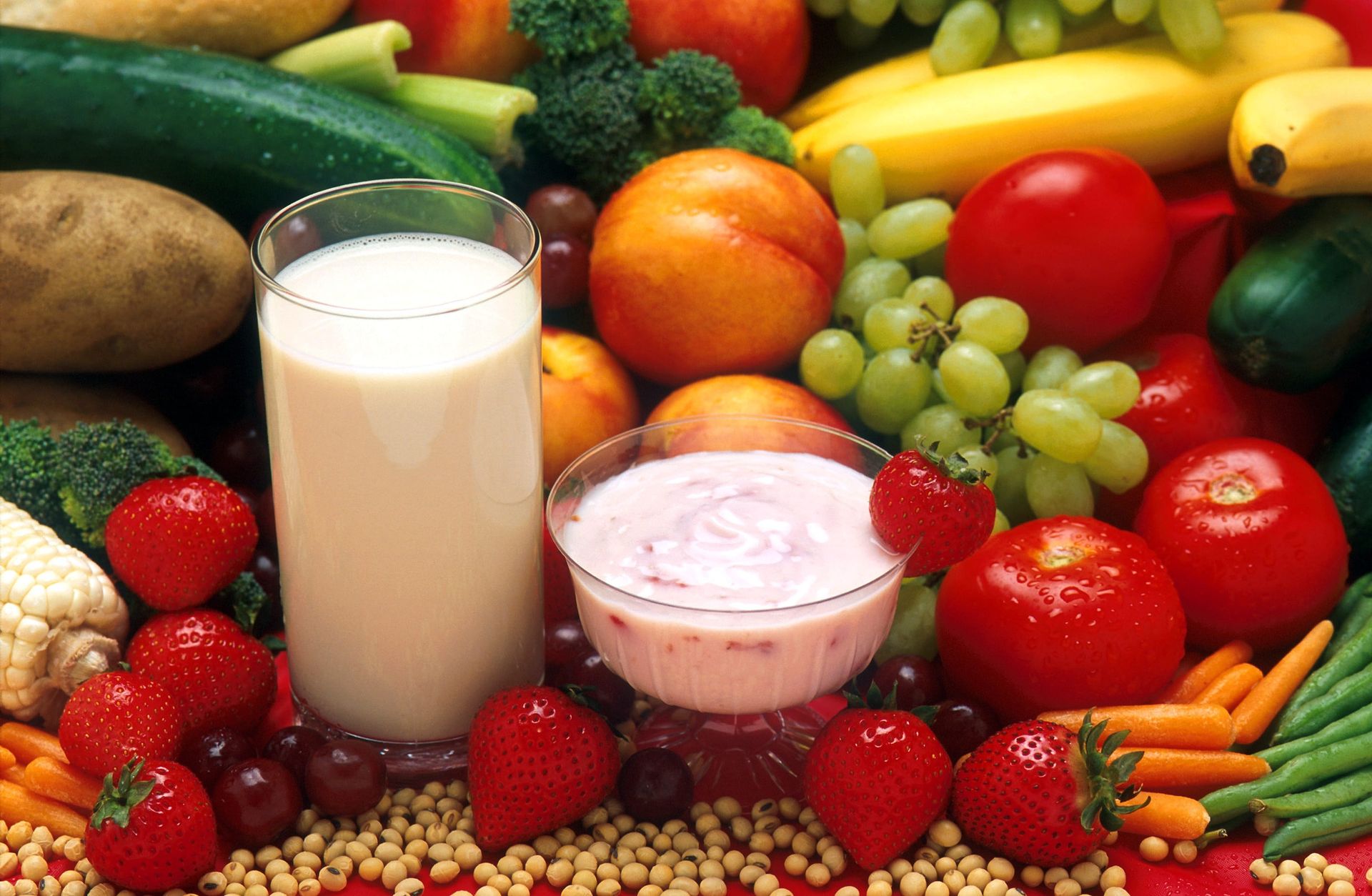How diet supports Lymphoedema & Lipoedema
It is no secret that eating healthy can make you feel more energised, have more mental clarity and feel better overall. It is especially important to take care of your diet when living with Lipoedema and Lymphoedema.
Lipoedema patients must take great care to maintain or reduce their weight. They can benefit greatly from preventing obesity through a balanced diet.
However, it is crucial to stress that having Lipoedema doesn’t mean that you are obese, something that healthcare professionals all too frequently misdiagnose.
Studies show that approximately 50% of people with lipoedema struggle with being overweight. This results in their symptoms getting worse, leading to increased water retention and mental stress.
For Lipoedema, going "on a diet" isn't the way forward. Instead, strive for a conscious, balanced diet or nutritional change to achieve realistic results.
Proper nutrition plays a very important role in supporting therapeutic success. In addition to the five main pillars of CPD (Complex Physical Decongestion Therapy)
Lipoedema: diet & weight loss
A healthy balanced diet and levels of physical activity will help reduce the risk of becoming overweight.
However, this has little correlation to the fatty tissue on limbs caused by Lipoedema.
That being said, a balanced diet and keeping active should be considered to avoid any secondary diseases or problems cause through being overweight.
Reducing pain and discomfort- backed by research
A study at the Centre for Vascular Medicine in Hamburg with obese lipoedema and lymphoedema patients has shown that patients can reduce their pain and discomfort by 80% through long-term diet changes. This also led to less therapy needed overall. *

Image source: Pickpik. No changes made. Image used under CC0 license.
Tips for a healthy and balanced diet
1. Eat a Variety of Foods
Incorporate different types of foods to ensure you get a range of nutrients. Aim to include fruits, vegetables, whole grains, lean proteins, and healthy fats in your daily diet.
2. Focus on Whole Foods
Choose whole, unprocessed foods whenever possible. Fresh fruits and vegetables, whole grains, and lean meats are nutrient-dense and free from added sugars and unhealthy fats.
3. Portion Control
Be mindful of portion sizes to avoid overeating. Use smaller plates, eat slowly, and listen to your body's hunger and fullness cues.
4. Stay Hydrated
Drink plenty of water throughout the day. Water supports digestion, helps maintain energy levels, and is essential for overall health. Limit sugary drinks and excessive caffeine.
5. Limit Added Sugars and Salt
Reduce your intake of foods and beverages high in added sugars and salt. Opt for natural sweeteners like fruits and choose herbs and spices to flavor your meals instead of salt.
6. Include Healthy Fats
Incorporate sources of healthy fats such as avocados, nuts, seeds, and olive oil. These fats are beneficial for heart health and can help you feel full and satisfied.
7. Plan and Prepare Meals
Plan your meals ahead of time and prepare them at home to have better control over ingredients and portion sizes. Meal prepping can also save time and reduce the temptation to eat out.
8. Balance Your Plate
Aim to fill half your plate with fruits and vegetables, one quarter with lean protein, and one quarter with whole grains. This balanced approach ensures a good mix of nutrients.
9. Limit Processed Foods
Minimize the consumption of processed foods, which often contain unhealthy fats, sugars, and additives. Choose fresh and minimally processed options instead.
10. Enjoy Your Food
Eating should be an enjoyable experience. Take time to savour your meals, and try to make eating a stress-free and pleasant activity.
References:
* Faerber, G. Ernährungstherapie bei Lipödem und Adipositas – Ergebnisse eines leitliniengerechtes Therapiekonzepts. vasomed 2016;4:176-177. Online published on: www.der-niedergelassene-arzt.de/fileadmin/user_upload/zeitschriften/vasomed/Artikel_PDF/2017/04-2017/Faerber.pdf
